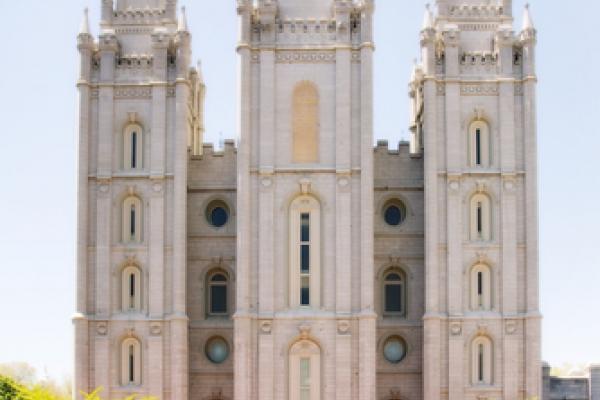Jun 10, 2013
June 8, 1978, was a sacred, momentous event — a revelation — that catapulted Mormonism into a new era of global growth.
On that day, the Church of Jesus Christ of Latter-day Saints ended its ban on blacks in its priesthood, opening ordination to “all worthy male members,” including those of African descent.
“For me,” former church President Gordon B. Hinckley said on the day’s 10th anniversary, “it felt as if a conduit opened between the heavenly throne and the kneeling, pleading prophet of God who was joined by his brethren.”
Read the Full Article

Already a subscriber? Login
